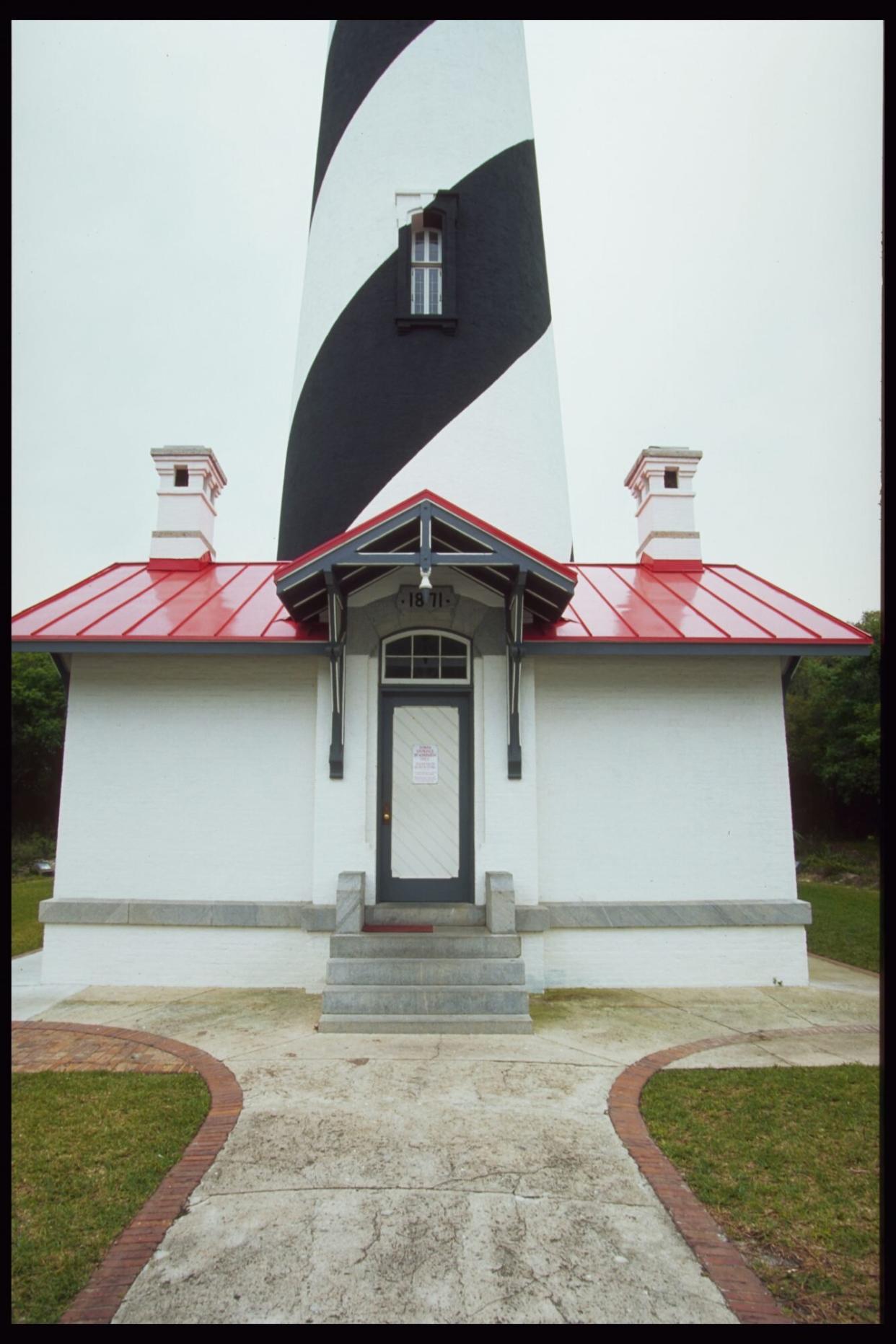Meet the Ghosts of the St. Augustine Lighthouse & Maritime Museum

Getty Images/ Dave G. Houser
For specters inclined to haunt, a lighthouse must be mighty tempting, perched at the edge of turbulent seas, a sailor's only guide on those proverbial dark and stormy nights. Some sort of watchtower has stood on St. Augustine's Anastasia Island since at least 1589. The current 165-foot tower was built between 1871 and 1874 with a 9-foot Fresnel lens. A great leap forward in technology, the Fresnel had hundreds of prisms and was lit by oil and later kerosene before electricity came along.
The St. Augustine light is still operational—and climbable, if you dare. One lightkeeper, Joseph Andreu, was whitening the tower in 1859 when he fell to his death. They say (every ghost story begins or ends that way) that you can sometimes see a shadowy figure moving around the top of the tower. Or you might catch a whiff of cigar smoke from Peter Rasmusson, who came in 1901 and was the longest-running head keeper at St. Augustine, manning the light for 23 years.
Even if you meet with no visible ghostly encounter, you'll feel the spirit of the past in St. Augustine, the "Ancient City" founded in 1565. From Aviles—supposedly the oldest street in America—to the Atlantic-fronting beaches watched over by the St. Augustine light, this Spanish-flavored Florida city gives you the unmistakable sense that something happened here.
Should you have courage to spare after visiting the lighthouse, check out some of the city's other rumored haunts: the Old Jail, the historic fort Castillo de San Marcos (built in the late 1600s), and the Huguenot Cemetery. Or just walk the streets of the historic district after the tourists have called it a night and let the cobblestones speak to you. P.S. That beautiful Matanzas River flowing through the city? "Matanza" is Spanish for "killing," "slaughter," or "massacre." Just an FYI.

